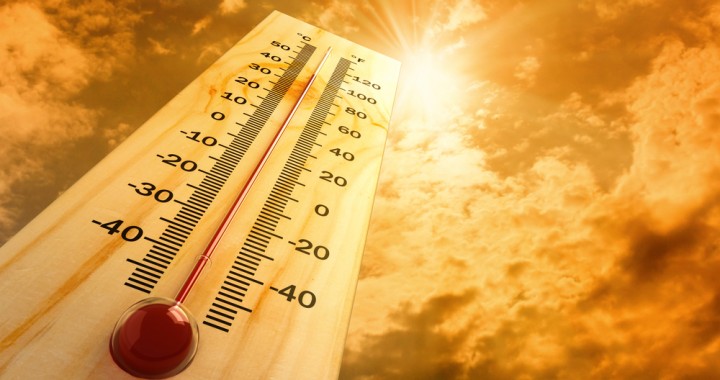It’s summertime here in Southwest Florida, and whether it’s the home or the office, one of the most common complaints air conditioner repairmen hear is “this one room is always hot!” You turn on the air and lower the temperature, and the rest of the house or office becomes like an ice-box, but that one darn room still feels 10 degrees hotter than everywhere else in the house. Of course there could be any number of problems that cause this, and you should call us to take a look at it, but let’s talk about just one of the things that may be causing it.
First of all, let’s look at how an air conditioner actually cools your home. Most people think it is merely blowing cold air into the room and that makes the room cool. But it’s more than that actually. How air conditioning works is like this. . . there’s return air vents in your home and supply vents. The return vents suck in the warm air from the room, send it through a series of ducts to your cooling system, which then cools or “conditions” that air and sends it through a series of ducts and back out through the supply vents. So not only is your system blowing conditioned air into the room, it’s also removing the warm air from the room.
A mismatch between the supply and return sides of the duct system is a common design mistake to look out for. This can make individual rooms too hot or too cold, and it can cause a leakage of conditioned air into the attic or the outdoors causing inefficiency in the system. Inadequate return air seriously limits both air-flow rates and also the degree to which building air is cooled by the HVAC system.
There are several easy ways you can check to see if your system is not getting enough return air. (Calling us to come in and check this out is a good idea, and if you’re a DIY kind of person, you can do some of this on your own, and just call us if you discover something’s wrong.)
- Look to see if there is are inadequate return air inlets or if those vents are in the wrong place: If there is only a single air return inlet, where is it located? Is the return isolated from some rooms in the building if the doors to those rooms are closed? Air inlets located outside the room mean that if the room’s door is closed and not under-cut, cooling capacity in that room will be reduced. To understand the effect of a room that has only air supply vents and no return or inlet vents when the room door is shut, just imagine the air conditioning having to blow air into a pressurized space.
- Look at the size of the vent in relation to the air handler: Is the return air inlet vent size (length x width) smaller than the cross section of the air inlet end of the air handler or blower assembly? A mismatch in return air inlet grille or duct size will reduce the system’s effectiveness.
- Look to see if there were prior attempts to “improve” return air such as holes cut into an existing return air duct, or worse, openings cut to admit more “makeup” air into the air handler from an un-conditioned space such as an attic or crawl area.
- Test the actual air-flow at the vent: It is simple to test for air movement at the return air inlet. Just hold a tissue or piece of toilet paper near the vent’s grille face. If air is moving into the grille the tissue will be pulled against the opening. If that’s not happening there may be something blocking the grille, or something in the duct, and you should call us immediately in that case.
For all your air conditioning needs call At Your Service Air Conditioning and Heating at 239-565-9433.

